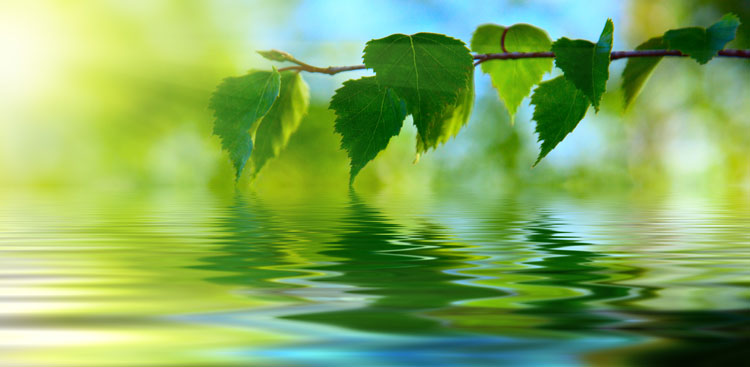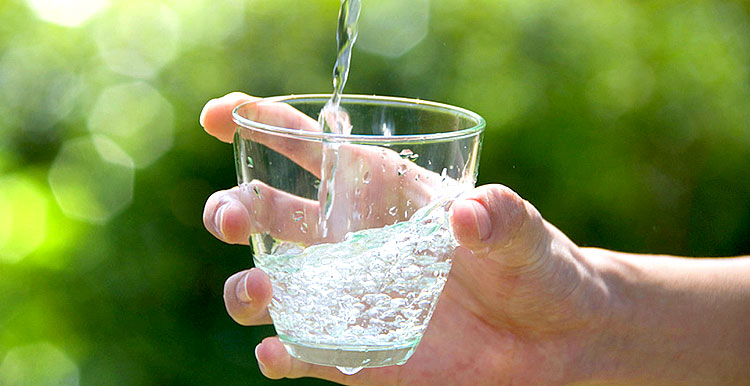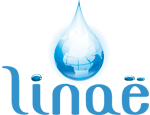Linaë® PURE - Purification of surface water or undergroud water
Surface waterand underground water (rivers, lakes, wells, ponds) are rarely drinkable. They can be loaded:
- mineral and plant organic matter suspended: sand, clay, mud, leaves…
- colloidal organic matter emulsion: oils, greases, tars, oil…
- bacteria, , microbes, pathogens
- various pollutants: chemical products, heavy metals…
To address this problem, the Linaë® PURE range provides drinking water treatment units based on the membrane technology..

The treatment for the purification of water.
Membrane technology allows the separation of the water and its solutes (ions, minerals salts, pesticides, herbicides, pathogens, drugs, etc..). Depending on the size of the contaminants or particles to be removed, the membrane filtration or reverse osmosis will be used.
Membrane filtration is a technique in which the water is filtered through a microporous membrane. The pollutants to be removed are selected by the pore size:
- Microfiltration removes particles having a size between 100 and 1000 nm (1 nanometre = 10-9 metre).
- Ultrafiltration removes particles having a size between 10 and 100 nm.
- nonofiltration removes particles having a size between 1 and 10 nm.
Reverse osmosis is a membrane technique for the separation of the water and its solutes by passing through a semi-selective membrane under the effect of high pressure.
- Reverse osmosis removes particles having a size between 0,1 and 1 nm.
The water treated passing through the membrane is separated: one part uncharged – the permeate – and one charged in impurity: the concentrate.

Implementation Methodology
The water to purify is previously analyzed. This analysis allows to choose the type of membrane technology to implement:
Membrane filtration is the main treatment to make the water surface drinkable, but, alone, this principle can not provide drinking water. This is why pre-and post-treatments are necessary.
Pre-treatments
Water to desalt is preliminarily analyzed. This analysis allows to determine the pre-treatment required to prevent fouling and clogging of the reverse osmosis membranes due to elements present in the water to be desalinated: suspended solids, microorganisms, colloids, partially insoluble salts, chlorine, calcium, metal oxides, etc.
The pre-treatments which are incorporated to Linaë® Pure units are:
- a chain of decreasing particle filter: removal of solid particles such as sand, earth;
- an activated carbon adsorpsion: chemical and organic decontamination, removal of taste and odor;
- a biocide treatment with UV lamp: elimination of bacteria, germs and pathogens.
They may be supplemented by other pre-treatments rendered necessary by the characteristics of the water to be desalinated:
- a coagulation / flocculation / sedimentation: removal of colloidal particles, microalgae;
- an injection of anti-limescale agent: scaling prevention
- etc.
Post-treatments
The post-treatments aim to make consumable the water obtained at the outlet of membranes.
The post-treatments which are incorporated to Linaë® Pure units are:
- mineralization: water produced by reverse osmosis is perfectly pure and free from its salts. Therefore, it is unsuitable for consumption and should be re-mineralized. This operation is performed by percolation through a mineral rich in calcium and magnesium.
- the addition of chlorine through a metering pump: this residual disinfection enables the storage of the water for a long time in flexible or rigid containers.


